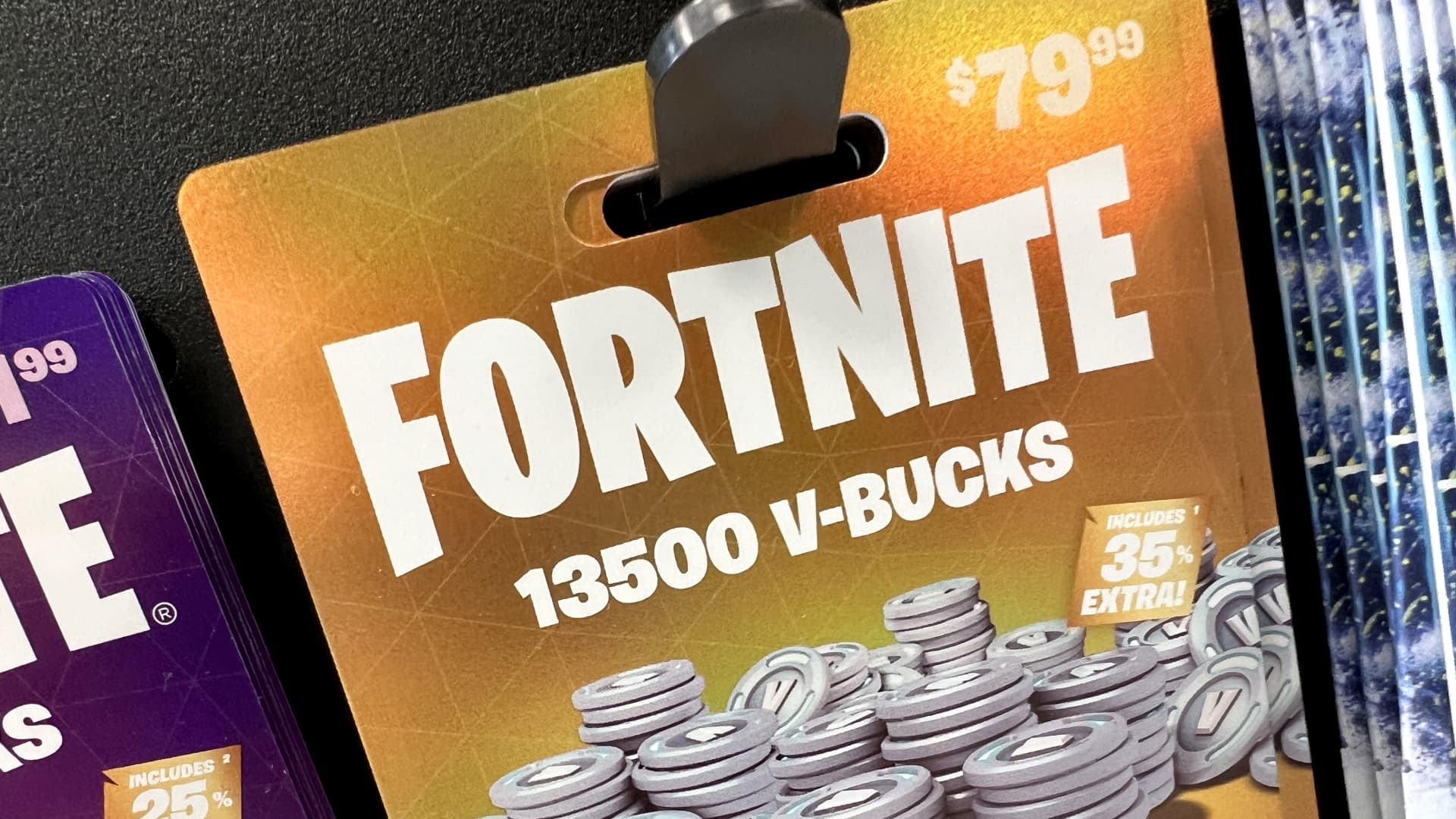
Introduction
Microtransactions have become a prevalent and often contentious aspect of the gaming industry, influencing consumer behavior, gameplay dynamics, and overall player satisfaction. As the industry shifts towards business models that rely increasingly on microtransaction-based revenue streams, understanding the implications for gaming experiences is essential. This report synthesizes insights from various studies to explore how microtransactions affect players and the gaming environments they engage with.
Consumer Behavior and Spending Patterns
Microtransactions, defined as small financial transactions within games, have reshaped how players interact with video games. They primarily manifest in the purchase of virtual goods, such as cosmetic items or features that enhance gameplay, making them a significant revenue source for game developers and publishers. For example, 'the video game industry has witnessed a significant transformation with the advent of microtransactions, becoming a crucial revenue source for game developers and publishers'[2]. The popularity of titles like Fortnite and Call of Duty: Warzone illustrates this trend, as players frequently engage in in-game purchases to enhance their gaming experience.
Research has found that players' motivations for spending on microtransactions are primarily driven by enhancing their gameplay experience, fulfilling social influences, and impulse buying behaviors. The study conducted by Rita et al. emphasizes that 'most players frequently engage with free-to-play games and utilize microtransactions' where motivations include enhancing the gaming experience and social influence[1]. Furthermore, factors such as hedonic content and social interactions significantly drive impulse buying tendencies within these games[2].
Ethical Concerns and Community Dynamics
Despite their widespread acceptance, microtransactions have triggered ethical debates, particularly concerning exploitative pricing and the potential for creating 'pay-to-win' environments. Concerns are raised regarding fairness and accessibility, especially in games where financial expenditure directly correlates to competitive advantage. As observed in free-to-play models, players often express dissatisfaction when they perceive that monetary contributions provide advantages to some players over others, leading to feelings of frustration among those who choose not to partake in such expenditures[4].
The backlash against earlier microtransaction models, characterized by a lack of transparency and perceived exploitation, has led publishers to adopt more community-friendly approaches, such as 'battle pass systems' that bundle seasonal content in a manner perceived to offer better value[3]. This transition indicates an industry response to gamer feedback, aiming to create more ethical frameworks for microtransactions while retaining profitability.
Microtransactions and Game Design
From a design perspective, microtransactions have prompted developers to reconsider how they structure game experiences. The balance between monetization and player satisfaction is critical; developers must deliver enjoyable experiences that also justify additional spending. According to insights from Alić and Dumančić, 'good implementation provides players with a sense of exclusivity and rarity' that can enhance the overall gaming experience, aligning with the freemium model where the core game remains accessible while offering optional purchases to enrich gameplay[4].
Understanding player psychology is pivotal in this context. The findings indicate that excitement and emotional engagement during gameplay—often termed 'flow experience'—are vital in driving impulse purchases. When players are deeply immersed in a game, they are more likely to make spontaneous purchases in response to compelling in-game events[2].
The Role of Community and Social Interaction
Microtransactions also have a profound impact on social dynamics within gaming communities. The desire for status and recognition among peers often motivates players to engage in spending, with social content in games—such as exclusive cosmetic items or access to special features—playing a significant role in driving impulse buying[2]. This social aspect can enhance the gaming experience by fostering community interactions but can also breed resentment among players who feel pressured to spend to maintain social standing.
As confirmed by industry reports, 'in-game spending has become a high-stakes issue' due to its implications on community health and player retention[3]. Developers increasingly consider these dynamics in their microtransaction strategies, focusing on mechanisms that deliver genuine value and enrich player interaction without alienating non-paying participants.
Conclusion
Microtransactions have reshaped the landscape of video gaming, influencing consumer behavior, gameplay dynamics, and community interactions. While offering players enhanced experiences and game longevity, they also raise significant ethical concerns about fairness and accessibility. As the industry continues to evolve, the challenge remains to strike a balance between monetization and player satisfaction, ensuring that games remain enjoyable and engaging without exploiting players financially. Through thoughtful game design and consumer insights, developers can harness the potential of microtransactions while fostering healthy gaming communities that thrive on shared experiences rather than economic divides.
The interplay between microtransactions, consumer behavior, and the overall gaming experience highlights the complexity of modern gaming environments and the continuous evolution of player expectations in an increasingly digital landscape.
Get more accurate answers with Super Pandi, upload files, personalized discovery feed, save searches and contribute to the PandiPedia.
Let's look at alternatives:
- Modify the query.
- Start a new thread.
- Remove sources (if manually added).